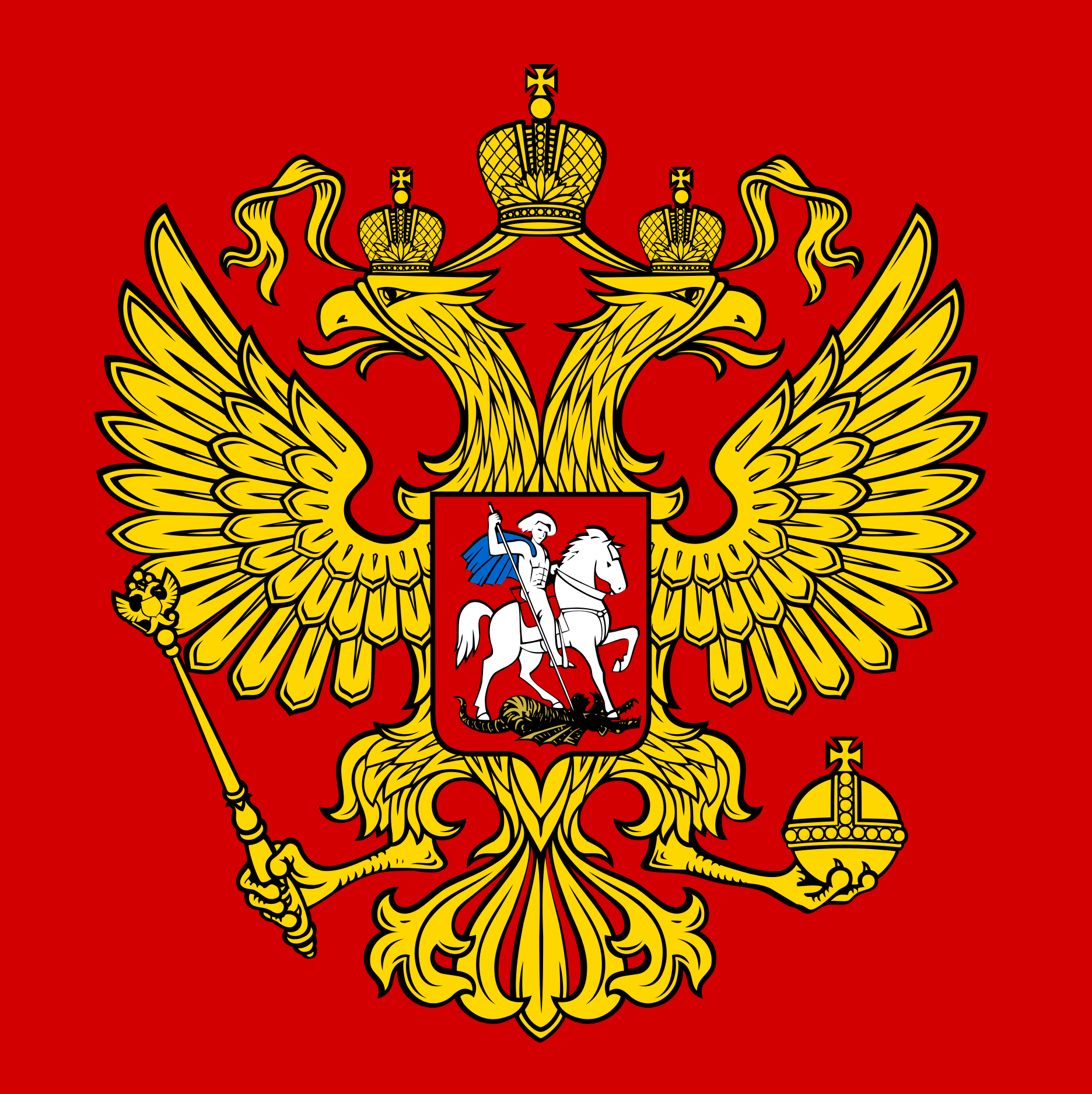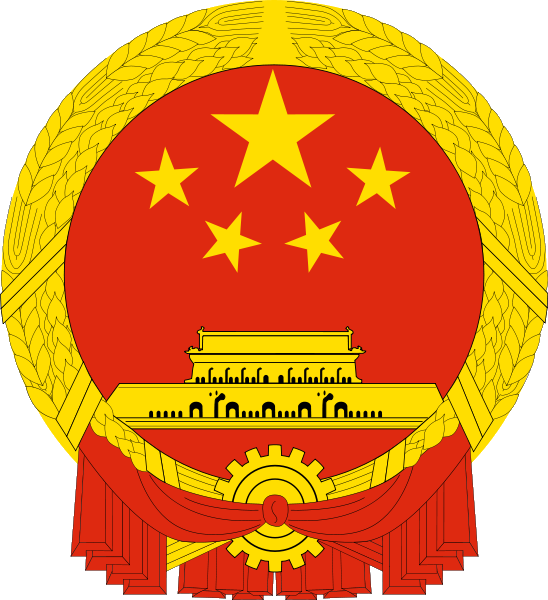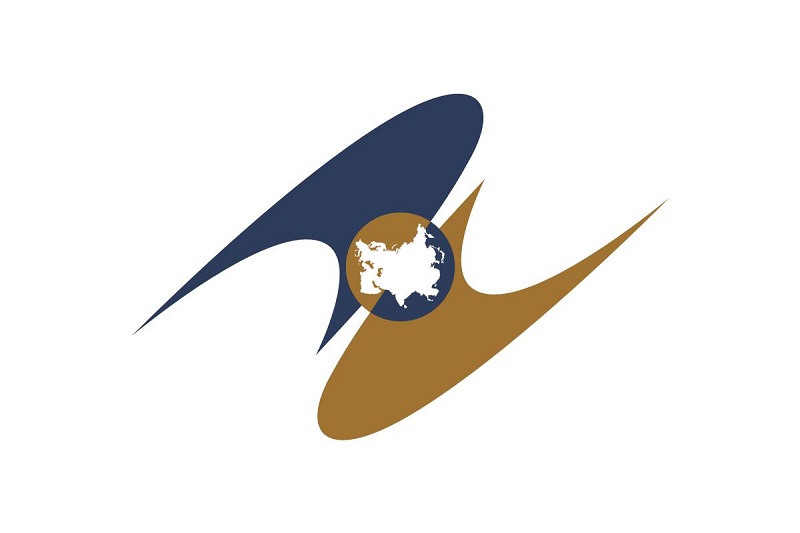
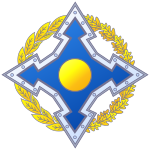 Eurasian Economic Union
Eurasian Economic Union 
Region 1 - Northern Division
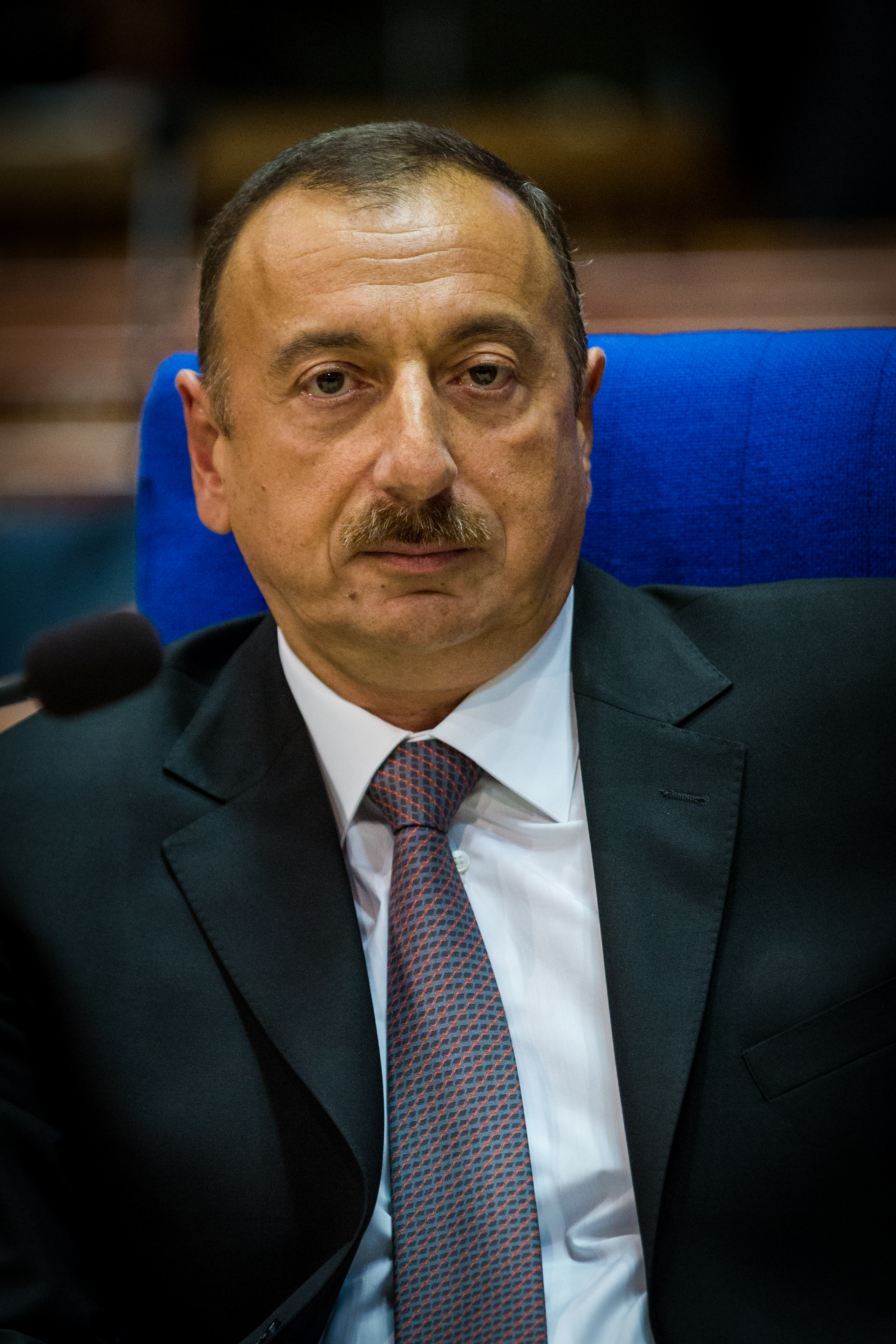
 Azerbaijan
Azerbaijan 
|
|
 |
|
Fast Facts:
Population (est.): |
9,356,500 |
Main Political Party: |
*New Azerbaijan Party |
GDP (nominal): |
$72.182 billion |
*Dominant-Party System
Anthem: March of Azerbaijan
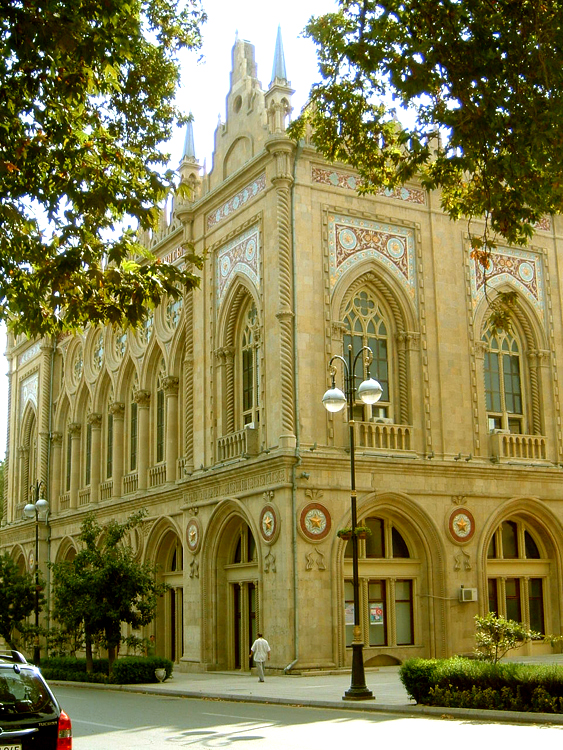 |
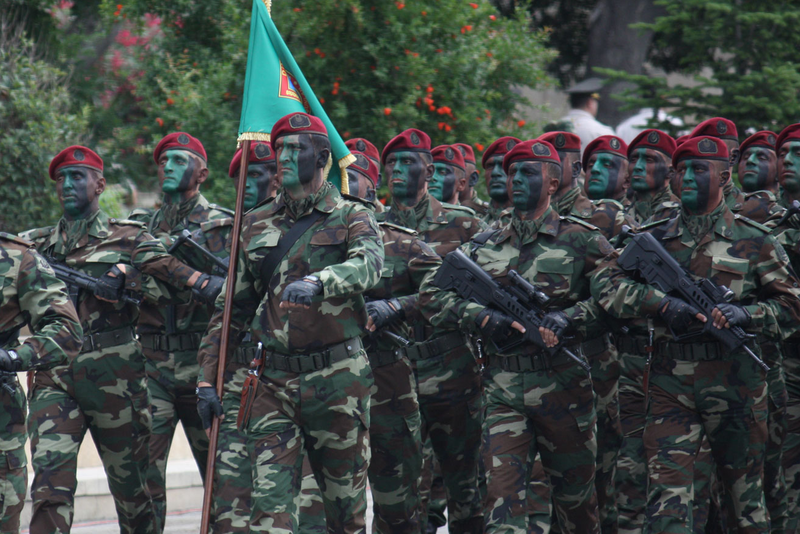 |
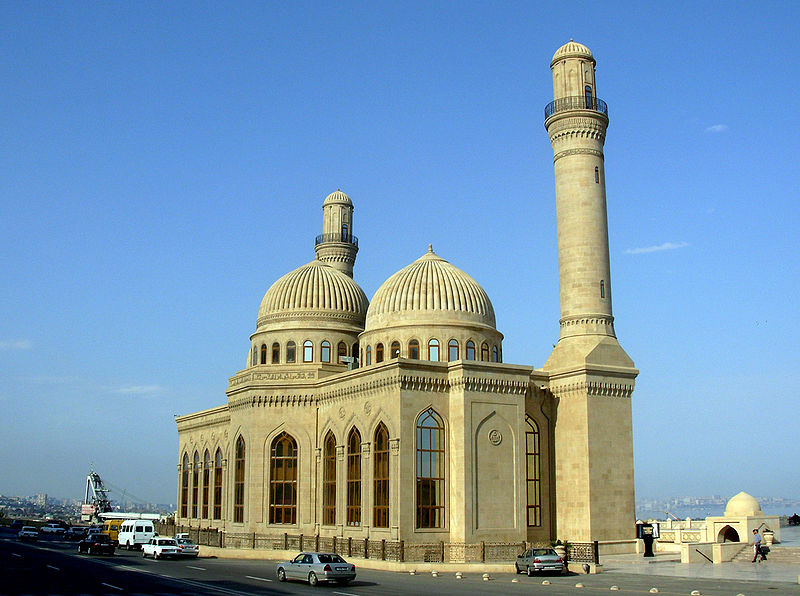 |
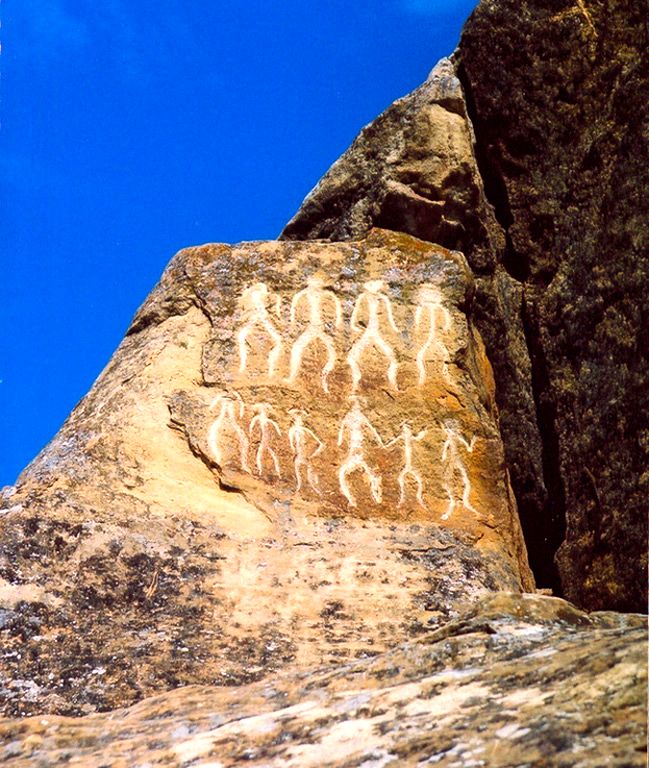 |
Background
Azerbaijan has a very distinguished ancient and historic cultural heritage. The earliest evidence of human migration to Azerbaijan dates to the late Stone Age. Now, Azerbaijan is renowned as being the first Muslim majority nation to have operas, theater and plays. Azerbaijan is located in the South Caucasus region of Eurasia. It actually bridges Western Asia to Eastern Europe. Currently, it is one of the six independent Turkic states and is an active member of the Turkic Council and the TÜRKSOY community.
Azerbaijan’s rich countryside is bordered by the Caspian Sea to the east and the Greater Caucasus mountain range in the north. Azerbaijan’s heritage has attracted several western politicians and their foreign investors. Nowadays, venture capitalist are pursuing to integrate Azerbaijan into the European and Euro-Atlantic World Order structure using Turkey’s influence. Accordingly, Azerbaijan has reached a high level of human and economic development through literacy which has decreased its unemployment and intentional homicide rates.
Turkey has been a dependable supporter for Azerbaijan. Azerbaijan is rich with natural resources and all efforts to reach its economic potential are deemed necessary for growth in the greater Caspian Sea economic region. Azerbaijan’s Eastern European Neighborhood Policy ensures that good relations are maintained with the European Union. Meanwhile, Azerbaijan is one of the few nations with a predominantly Muslim population to share a strategic alliance with Israel making it the country’s major arms supplier.
The New Azerbaijan Party is the ruling political party in Azerbaijan’s one party state. However, opposition parties are allowed but are widely considered to have no chance of gaining power. The National Assembly of Azerbaijan comprises of 125 deputies elected for five-year terms. The next election will be held in 2020.
The National Assembly of Azerbaijan contains the following 11 parliamentary committees:
- Legal Policies and State Structuring Committee
- Defense and Security Committee
- Economic Policies Committee
- Committee on Natural Resources, Energy and Ecology
- Committee on Agrarian Policies
- Social Policies Committee
- Committee on Regional Issues
- Committee on Science and Education
- Committee on Cultural Issues
- International and Inter-parliamentary Relations Committee
- Human Rights Committee
Macroeconomic Data
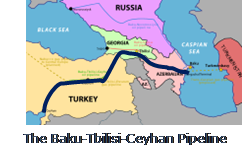 Quietly, Azerbaijan has been identified as the source for the 2007 Financial Panic that shook US markets into recession. During the first quarter of 2007, Azerbaijan's GDP grew 41.7% making it possibly the highest of any nation worldwide. Politically, the US lame duck year reveals massive financial transactions made by US investment banks in order to prevent a new geopolitical economic trend in the Caspian Sea region. This panic led to an immediate slump in homeowner loans which crippled the secondary market (refinance lenders).
Quietly, Azerbaijan has been identified as the source for the 2007 Financial Panic that shook US markets into recession. During the first quarter of 2007, Azerbaijan's GDP grew 41.7% making it possibly the highest of any nation worldwide. Politically, the US lame duck year reveals massive financial transactions made by US investment banks in order to prevent a new geopolitical economic trend in the Caspian Sea region. This panic led to an immediate slump in homeowner loans which crippled the secondary market (refinance lenders).
Accordingly, the real GDP growth rate for 2011 which was expected at 3.7% reached only 0.1%. However, Iran has planned a new river canal from the Caspian Sea to generate biodiversity for the greater region. Historically, progress on economic reform has generally lagged behind macroeconomic stabilization. Meanwhile, oil, natural gas, cotton, and agriculture products have remained the most prominent products of Azerbaijan’s economy.
Monetary policy alignment by the Central Bank of Azerbaijan has been vital since the recent global stagnation. The Central Bank of Azerbaijan remained strict while it expanded. The established debt refinancing rate was cut down from 15% to 2%. Meanwhile, the reserve requirement ratio was cut from 12% to 0.5%. Accordingly, financial stability has been produced from the exchange rate policy by pegging its currency to the US dollar. The Central Bank of Azerbaijan ended this regime policy in February 2015 because elements of overheating started to appear. The Central Bank has tightened its monetary policy since 2010. Meaning, its refinancing rate was gradually raised up to 5.25%. In 2015, Turkey and Azerbaijan agreed to boost mutual trade to $15 billion (USD) by 2023 which helps to satisfy Azerbaijan’s reserve requirement ratio.
The banking sector of Azerbaijan has yet to maximize its potential in the greater Caspian Sea economic region. It remains small while it strives to leverage Azerbaijan’s high economic growth. Consequently, agriculture and tourism are both vital to the economy of Azerbaijan. Azerbaijan has the most prevalent agricultural basin in the region. About 54.9% of Azerbaijan is agricultural land. The government of Azerbaijan is determined to transform and develop Azerbaijan into an elite tourist destination. It is a national strategy to make tourism a major contributor to the Azerbaijani economy. The GDP growth rates observed in Azerbaijan are one of the fastest in the world. Mining and hydrocarbon industries still dominate in Azerbaijan which accounted for well over 95% of its economy in 2007.Socioeconomic Strata
Important Information: The International War on Terror is creating a major political firestorm at the United Nations from the socio-economic trends involving religion and education.
An overwhelmingly majority of Azerbaijanis are Shia Muslim while the rest of the population follow other faiths or choose to be non-religious. Many have facilitated Islam with its nationalistic identity in Azerbaijan. The constitution of Azerbaijan delivers freedom of religion, and protects religious activities from interference unless it endangers public and civil order. Religious affiliation is minor in Azerbaijan because Muslim identity tends to be based more on culture and ethnicity than religion itself.
The Ministry of Education of Azerbaijan regulates the education system in Azerbaijan. Currently, there are 36 state-run and 15 private universities in Azerbaijan. Azerbaijani culture has always displayed great esteem for academic learning. Baku State University has more than a dozen departments that range from physics to Oriental studies. It has the largest library in Azerbaijan with a population of more than 11,000 students and a faculty of over 600 staff. The university has transformed the country into an education center for Muslims. Meanwhile, a relatively high percentage of Azerbaijanis pursue scientific and technical careers as several vocational institutes train technicians in the oil industry.